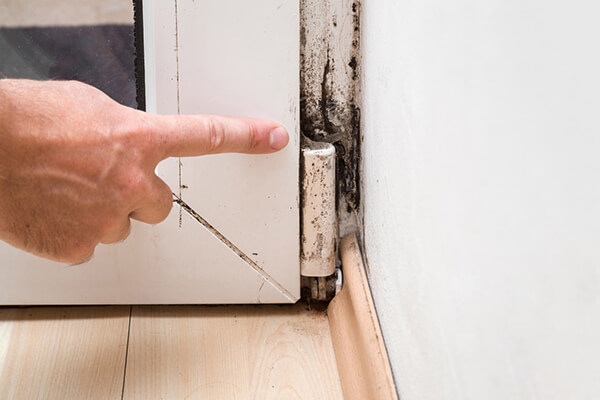Testing Air Quality After Mold Remediation
Testing Air Quality After Mold Remediation
Blog Article
Your Ultimate Overview to Blog Post Mold And Mildew Remediation Methods
Browsing the world of post-mold remediation techniques is a meticulous procedure that demands focus to detail and a thorough understanding of the intricacies involved. In the aftermath of mold and mildew infestation, knowing how to effectively eradicate the mold and stop its reoccurrence is vital for preserving a healthy and balanced indoor atmosphere. From picking the right cleaning and sanitizing methods to applying methods for lasting mold and mildew prevention, each action in the removal trip plays a critical function in guaranteeing a successful outcome. As we get started on this expedition of post-mold removal methods, we will uncover the vital methods and best techniques that can assist you restore your room to its pre-mold condition and guard it versus future mold hazards.
Recognizing Post-Mold Removal Refine
After completing the mold and mildew remediation procedure, it is vital to recognize the post-mold removal strategies that are needed to ensure a complete and efficient cleaning. When the mold and mildew has been removed, the next step involves cleaning and decontaminating the impacted areas to avoid any regrowth of mold and mildew. This consists of utilizing specialized cleaning up agents to clean down surfaces and kill any staying mold spores. It is necessary to dry out the area completely to inhibit the development of mold and mildew in the future (Post Mold Remediation Report). Appropriate ventilation and dehumidification can aid in this procedure.
Moreover, carrying out a final inspection post-remediation is essential to ensure that all mold and mildew has actually been efficiently eliminated. If the examination reveals any remaining mold and mildew, added removal may be necessary.
Effective Cleaning Up and Sanitizing Techniques

Preventing Future Mold Growth

Value of Proper Ventilation
Correct ventilation plays an important role in preventing wetness buildup, a vital consider mold and mildew growth within interior settings. Efficient air flow systems assist remove excess humidity from the air, reducing the possibilities of mold and mildew spores discovering the dampness they need to germinate and spread out. Without adequate air flow, interior areas can come to be a breeding ground for mold and mildew, bring about potential wellness threats and architectural damage.
By making certain appropriate air blood circulation, air flow systems can likewise aid in drying out moist locations faster after water damages or flooding cases, even more hindering mold development. After mold remediation. Precede like washrooms, kitchen areas, attic rooms, and cellars where dampness degrees tend to be greater, mounting and keeping reliable air flow systems is essential in protecting against mold infestations

Tracking and Maintenance Tips
Provided the vital duty that proper ventilation plays in stopping mold and mildew growth, it is crucial to establish reliable monitoring and maintenance pointers to make certain the ongoing performance of air flow systems. Monitoring moisture levels within the building is also vital, as high humidity can contribute to mold growth. By staying positive and conscientious to the problem of ventilation systems, building owners can successfully reduce the threat of mold and mildew regrowth and special info keep a healthy indoor atmosphere.
Final Thought
To conclude, post-mold removal strategies are necessary for making sure a safe and clean setting. Recognizing the process, executing efficient cleaning and decontaminating methods, preventing future mold and mildew development, maintaining proper ventilation, and routine tracking are all important action in the remediation procedure. By complying with these standards, you can successfully remove mold and avoid its return, advertising a healthy living or functioning space for all occupants.
In the aftermath of mold and mildew infestation, recognizing just how to properly eliminate the mold and mildew and prevent its reoccurrence is extremely important for preserving a healthy interior atmosphere. As soon as the mold has actually been removed, the next action involves cleansing and disinfecting the impacted locations to stop any regrowth of mold - what to do after mold remediation. After removing visible mold development, it is essential to clean up all surface areas in the damaged area to remove any type of staying mold and mildew spores. To further enhance mold prevention procedures, it is crucial to deal with underlying problems that at first led to mold and mildew growth.Given the critical function that proper air flow plays in stopping mold and mildew growth, it is essential to establish efficient tracking and maintenance published here ideas to make certain the ongoing functionality of ventilation systems
Report this page